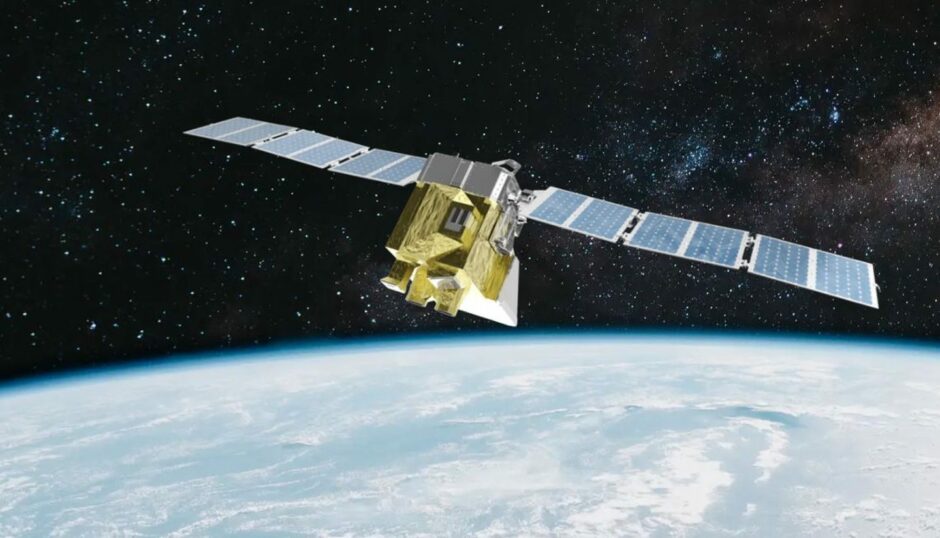
A satellite aiming to monitor methane emissions from the oil and gas sector from space has reached orbit after a successful launch overnight.
Developed by the US-based Environmental Defence Fund (EDF), the MethaneSAT effectively detached from the SpaceX Transporter-10 rocket that carried it into space.
The satellite will monitor at least 80% of global hydrocarbon production, in many cases down to specific sites and assets.
MethaneSAT will enable companies, regulators, investors and ordinary citizens to track emissions by providing publicly available, free, near-real time access to the data collected.
The project is seeking to both “motivate and enable” the global oil and gas sector to slash methane emissions by 45% by 2025, and 70% by 2030.
Watch Falcon 9 launch 53 spacecraft to orbit https://t.co/9MYMPKZM5j
— SpaceX (@SpaceX) March 4, 2024
Global oil and gas operations account for a significant share of methane emissions caused by human activity.
While methane does not linger in the atmosphere for as long as CO2, it is more potent, with more than 80 times the warming power in the first 20 years.
EDF president Fred Krupp said cutting methane pollution from fossil fuel operations and other sectors is the fastest way to slow the rate of global warming.
“To do that requires comprehensive data on this pollution on a global scale,” Mr Krupp said.
“MethaneSAT will show us the full scope of the opportunity by tracking emissions to their source.”
MethaneSAT: CCTV for the planet
Previous research organised by EDF revealed methane emissions from the US oil and gas sector were 60% higher than estimates from American environmental regulators.
EDF chief scientist and MethaneSAT project leader Steven Hamburg said collecting more data is essential to combatting the problem.
“MethaneSAT’s superpower is the ability to precisely measure methane levels with high resolution over wide areas, including smaller, diffuse sources that account for most emissions in many regions,” he said.
“Knowing how much methane is coming from where and how the rates are changing is essential.”
The satellite will circle the Earth 15 times per day, measuring changes in methane concentrations as small as three parts per billion.
EDF hopes the unique capabilities will “usher in a new era of transparency for the industry”.
North Sea methane emissions
In 2021, North Sea oil and gas operators launched a plan to slash methane emissions as part of the £16 billion North Sea Transition Deal.
Under the action plan, operators committed to cut their methane emissions by 50% by 2030 against a 2018 baseline.
North Sea firms are also aiming to stop routine flaring by 2030 following a similar move in Norway, in line with the World Bank Zero Flaring Initiative.
According to a 2023 report by the North Sea Transition Authority (NSTA), the sector’s methane emissions fell by more than 40% between 2018 and 2022.
However, the NSTA said while the industry is making strong progress, without further emissions abatement initiatives will not meet the 2030 target.
Similarly, the International Energy Agency last year warned that fossil fuel pledges made at the COP28 climate summit will “not be nearly enough” to avert a 1.5C rise in global temperatures.
 © MethaneSAT
© MethaneSAT